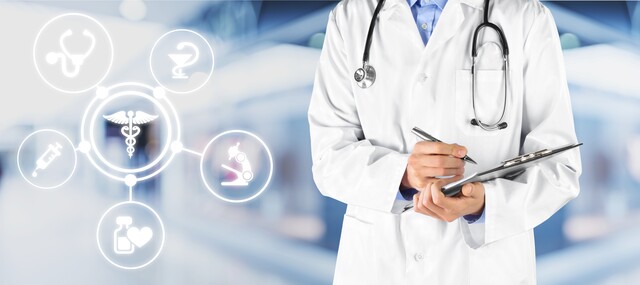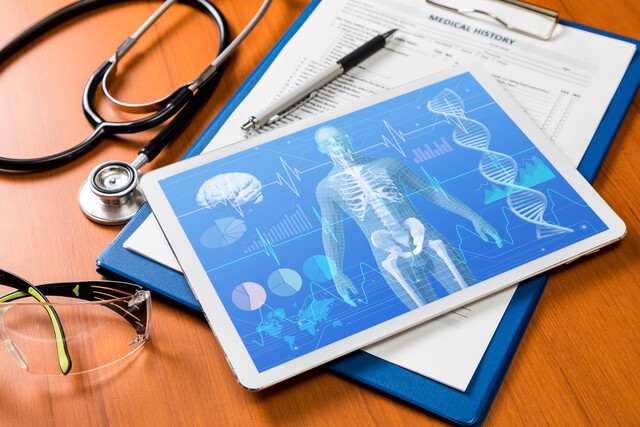Online Class: Anatomy and Physiology 101

-
17Lessons
-
34Exams &
Assignments -
22Hours
average time -
2.2CEUs
Course Description
Are you ready to embark on a journey through the incredible complexities of the human body? With Anatomy and Physiology 101, you're not just signing up for an online course-you're stepping into an adventure that will unravel the wonders of how our bodies are built and how they work to keep us alive and thriving. Whether you are an aspiring healthcare professional, a curious learner, or someone seeking to make a career shift into the medical field, this course is crafted to provide you with a comprehensive, engaging, and profound understanding of the human organism.
Why Should You Take This Course?
The human body is an extraordinary machine, a marvel of nature that has fascinated scientists, doctors, and thinkers for centuries. From the intricacies of cellular functions to the synergy of entire organ systems, every aspect of our biology works in harmony to sustain life. In a world where medical and biological sciences are advancing faster than ever before, a fundamental knowledge of anatomy and physiology isn't just important-it's empowering.
This course is designed to make that empowerment accessible to everyone. Whether you're a high school student preparing for future studies, a college student looking to deepen your knowledge, or an adult eager to revisit or expand your understanding, Anatomy and Physiology 101 is tailored to meet your needs. It's self-paced, interactive, and packed with insights that will stay with you long after the course is completed.
Imagine understanding how your heart keeps you going, how your lungs oxygenate your blood, or how your brain interprets every sight, sound, and sensation. This course provides you with that insight, breaking down complex concepts into clear, engaging lessons that are designed to inspire curiosity and boost your knowledge.
What Can You Expect?
Our course goes beyond the surface to offer a deep dive into the systems that make up the human body. You'll begin with the basic principles of anatomy and physiology, laying the foundation for the more intricate systems to come. From learning about the building blocks of life-the cells-to understanding how tissues, organs, and entire systems function, you'll explore the marvels of the human body at every level.
But here's where it gets truly exciting. Unlike traditional textbooks or dry academic lectures, Anatomy and Physiology 101 is dynamic and interactive. Each lesson is designed to stimulate your curiosity and keep you engaged. You'll have access to a blend of videos, diagrams, and real-world examples that bring the subject matter to life. The course structure allows you to explore at your own pace, so whether you prefer to take your time or race ahead, the learning experience is yours to shape.
With 16 comprehensive lessons, the course covers everything from the protective functions of the integumentary system (your skin!) to the finely tuned operations of the nervous, cardiovascular, and respiratory systems. You'll not only learn about each system in isolation but also how they work together in perfect synchronization, maintaining the delicate balance that keeps us functioning.
You'll discover how muscles contract to move our bones, how sensory systems allow us to perceive the world around us, and even the intricacies of the reproductive system, which makes the continuation of life possible. Every part of the human body plays a critical role, and this course will leave you in awe of the magnificent biological symphony that is constantly at work within you.
Who is This Course For?
The beauty of Anatomy and Physiology 101 lies in its universal appeal. Whether you're a high school or college student aiming to improve your academic performance or an adult considering a transition into a healthcare-related career, this course is for you. It's also perfect for anyone who simply wants to gain a better understanding of how their body works-because the more we understand our bodies, the better we can care for them.
Perhaps you're an aspiring nurse, paramedic, or physician assistant, needing a foundational knowledge of human biology to excel in your career. Or maybe you're a seasoned professional looking for a refresher on the body's major systems. Whatever your motivation, this course provides a rich educational experience tailored to support your goals.
You don't need a background in science to succeed here. Our instructor has expertly designed the course to be clear, concise, and understandable, making complex biological processes accessible to learners of all levels. Plus, you'll have access to online support whenever you need help, so you're never alone in your journey.
What Makes This Course Unique?
One of the standout features of this course is its flexibility. You can enroll at any time and move through the material at your own pace. With 24/7 availability, you can study wherever and whenever it's convenient for you-whether that's on your laptop at home, your tablet at the coffee shop, or even your smartphone on your commute. The course is designed to be compatible with all modern devices, ensuring you have seamless access to your learning materials whenever inspiration strikes.
In addition, everything you need to succeed is provided upfront. You'll have instant access to printable lessons, videos, activities, and web links that deepen your understanding of key concepts. From multiple-choice quizzes to interactive essays, each assignment is crafted to reinforce what you've learned, ensuring you retain the knowledge long after the course is complete.
This course also offers a Certificate of Completion for those seeking to document their learning, whether for professional development or personal achievement. If you're aiming to work in a field where anatomy and physiology knowledge is critical, such as medical billing and coding, this certificate could be an essential addition to your resume.
Get Started Today-Your Future in Anatomy Awaits
Whether you're looking to dive deep into the workings of the human body, prepare for an academic challenge, or open the door to new career opportunities, Anatomy and Physiology 101 is your first step. Imagine the possibilities that come with a strong foundation in anatomy and physiology-whether that's excelling in medical school, improving patient care, or simply understanding how your own body functions on a deeper level.
With unlimited enrollment options and a supportive instructor, there's no reason to wait. The knowledge you gain here could not only change how you see yourself but could also be the stepping stone to an exciting future in the medical and biological sciences.
So why wait? Enroll today and unlock the secrets of the human body-one lesson at a time. The future of your learning starts now!
Who should take this course?
Does this course have assignments and exams that are graded?
What exactly does this anatomy and physiology course cover?
I'm interested in medical billing and coding, should I take this course as well?
I'm interesting in purchasing this course for my medical/paramedic/nursing/physician assistant/etc. program. How do I go about doing this?
Is there an instructor I can contact should I have a question about the course material?
Will this course work on my smartphone/mobile device?
What kind of documentation do I get after completing this course?
Course Motivation
If you're eager to dive deep into the human body and truly understand how it works, this Anatomy and Physiology course is designed to offer a comprehensive exploration. Anatomy focuses on the body's structure, while physiology sheds light on how everything functions. Together, these two sciences give you a holistic view of the human organism—and this course is here to guide you through every layer.
This course covers the human body’s major systems, showing how they work in harmony to keep us alive and thriving. Whether you’re a student aiming to solidify your knowledge or an adult seeking to enhance your understanding for personal growth, career development, or pure curiosity, this course has something for everyone.
It’s a perfect fit for high school or college students, professionals considering a career shift into the medical or biological fields, or anyone simply fascinated by the inner workings of the body. By the end of the course, you’ll have a much clearer understanding of why our bodies function the way they do—and what happens when things go wrong.
The beauty of this class is its flexibility. Enrollment is always open, and the instructor is readily available to answer your questions. The lessons are structured to ensure you learn at your own pace, with all materials provided upfront—so you can jump in at any time.
With 16 lessons to guide you, you'll explore everything from identifying the body’s major systems to understanding key cells, tissues, and organs. This is not just about learning facts but about connecting the dots to see how all the pieces of the body fit and function together.
So, whether you’re preparing for an academic challenge or simply looking to expand your knowledge, this is the perfect place to start. Get ready to gain a new appreciation for the complexity of the human body. You can begin today and take the first step toward mastering the science of anatomy and physiology.
Course Lessons
Lesson 1. The Dual Nature of Body Science: Anatomy and Physiology Explored
 Lesson 1 Video
Lesson 1 Video Review Practice Worksheet: Lesson-1-HomeWork-13712.pdf
Review Practice Worksheet: Lesson-1-HomeWork-13712.pdf Lesson discussions: Reasons for Taking this Course
Lesson discussions: Reasons for Taking this Course Assessment: Introduction to Anatomy and Physiology Quiz
Assessment: Introduction to Anatomy and Physiology Quiz Assessment: Lesson 1 Review Exam
Assessment: Lesson 1 Review Exam
Lesson 2. Exploring the Essence of Chemistry: Unveiling the Secrets of Matter and Its Interactions
 Lesson 2 Video
Lesson 2 Video Review Practice Worksheet: Lesson-2-Downloadable-24294.pdf
Review Practice Worksheet: Lesson-2-Downloadable-24294.pdf Assessment: Basic Chemistry Quiz
Assessment: Basic Chemistry Quiz Assessment: Lesson 2 Review Exam
Assessment: Lesson 2 Review Exam
Lesson 3. Understanding Life's Building Blocks: Cells and Their Functions
 Lesson 3 Video
Lesson 3 Video Review Practice Worksheet: Lesson-3-WordSearch-13715.pdf
Review Practice Worksheet: Lesson-3-WordSearch-13715.pdf Assessment: Cells Quiz
Assessment: Cells Quiz Assessment: Lesson 3 Review Exam
Assessment: Lesson 3 Review Exam
Lesson 4. Discovering Tissues: The Building Blocks of Life
 Lesson 4 Video
Lesson 4 Video Review Practice Worksheet: Lesson-4-WorkSheet-13716.pdf
Review Practice Worksheet: Lesson-4-WorkSheet-13716.pdf Assessment: Tissue Quiz
Assessment: Tissue Quiz Assessment: Lesson 4 Review Exam
Assessment: Lesson 4 Review Exam
Lesson 5. Exploring the Wonders of the Integumentary System
 Lesson 5 Video
Lesson 5 Video Review Practice Worksheet: Lesson-5-WordSearch-13717.pdf
Review Practice Worksheet: Lesson-5-WordSearch-13717.pdf Assessment: The Integumentary System
Assessment: The Integumentary System Assessment: Lesson 5 Review Exam
Assessment: Lesson 5 Review Exam
Lesson 6. Bones and Joints: The Framework of Movement
 Lesson 6 Video
Lesson 6 Video Review Practice Worksheet: Lesson-6-WorkSheet-13718.pdf
Review Practice Worksheet: Lesson-6-WorkSheet-13718.pdf Assessment: The Skeletal System
Assessment: The Skeletal System Assessment: Lesson 6 Review Exam
Assessment: Lesson 6 Review Exam
Lesson 7. Unveiling the Secrets of Your Muscles
 Lesson 7 Video
Lesson 7 Video Review Practice Worksheet: Lesson-7-WorkSheet-13719.pdf
Review Practice Worksheet: Lesson-7-WorkSheet-13719.pdf Assessment: The Muscular System
Assessment: The Muscular System Assessment: Lesson 7 Review Exam
Assessment: Lesson 7 Review Exam
Lesson 8. Exploring the Complexities of the Human Nervous System
 Lesson 8 Video
Lesson 8 Video Review Practice Worksheet: Lesson-8-HomeWork-13720.pdf
Review Practice Worksheet: Lesson-8-HomeWork-13720.pdf Assessment: The Nervous System
Assessment: The Nervous System Assessment: Lesson 8 Review Exam
Assessment: Lesson 8 Review Exam
Lesson 9. Perceiving the World: An Overview of Our Senses
 Lesson 9 Video
Lesson 9 Video Review Practice Worksheet: Lesson-9-HomeWork-13721.pdf
Review Practice Worksheet: Lesson-9-HomeWork-13721.pdf Assessment: The Sensory System
Assessment: The Sensory System Assessment: Lesson 9 Review Exam
Assessment: Lesson 9 Review Exam
Lesson 10. Secrets of the Ductless: Exploring the Endocrine System
 Lesson 10 Video
Lesson 10 Video Review Practice Worksheet: Lesson-10-Activity-13722.pdf
Review Practice Worksheet: Lesson-10-Activity-13722.pdf Assessment: The Endocrine System
Assessment: The Endocrine System Assessment: Lesson 10 Review Exam
Assessment: Lesson 10 Review Exam
Lesson 11. The Superhighway of Life: Exploring the Intricacies of the Cardiovascular System
 Lesson 11 Video
Lesson 11 Video Review Practice Worksheet: Lesson-11-WorkSheet-13723.pdf
Review Practice Worksheet: Lesson-11-WorkSheet-13723.pdf Assessment: The Cardiovascular System
Assessment: The Cardiovascular System Assessment: Lesson 11 Review Exam
Assessment: Lesson 11 Review Exam
Lesson 12. Lymphatic System Mechanics
 Lesson 12 Video
Lesson 12 Video Review Practice Worksheet: Lesson-12-Activity-13724.pdf
Review Practice Worksheet: Lesson-12-Activity-13724.pdf Assessment: The Lymphatic System
Assessment: The Lymphatic System Assessment: Lesson 12 Review Exam
Assessment: Lesson 12 Review Exam
Lesson 13. Respiratory System Basics
 Lesson 13 Video
Lesson 13 Video Review Practice Worksheet: Lesson-13-Downloadable-13725.pdf
Review Practice Worksheet: Lesson-13-Downloadable-13725.pdf Assessment: The Respiratory System
Assessment: The Respiratory System Assessment: Lesson 13 Review Exam
Assessment: Lesson 13 Review Exam
Lesson 14. Digestion Uncovered
 Lesson 14 Video
Lesson 14 Video Review Practice Worksheet: Lesson-14-Downloadable-13728.pdf
Review Practice Worksheet: Lesson-14-Downloadable-13728.pdf Assessment: The Digestive System
Assessment: The Digestive System Assessment: Lesson 14 Review Exam
Assessment: Lesson 14 Review Exam
Lesson 15. Journey Through the Urinary Tract
 Lesson 15 Video
Lesson 15 Video Review Practice Worksheet: Lesson-15-WordSearch-13733.pdf
Review Practice Worksheet: Lesson-15-WordSearch-13733.pdf Assessment: The Urinary System
Assessment: The Urinary System Assessment: Lesson 15 Review Exam
Assessment: Lesson 15 Review Exam
Lesson 16. The Dance of DNA and Reproduction
 Lesson 16 Video
Lesson 16 Video Review Practice Worksheet: Lesson-16-Activity-13738.pdf
Review Practice Worksheet: Lesson-16-Activity-13738.pdf Lesson discussions: End of Class Poll
Lesson discussions: End of Class Poll Assessment: The Reproductive System
Assessment: The Reproductive System Assessment: Lesson 16 Review Exam
Assessment: Lesson 16 Review Exam
Lesson 17. Conquering the Final Challenge
 Review Practice Worksheet: Lesson-17-WordSearch-13745.pdf
Review Practice Worksheet: Lesson-17-WordSearch-13745.pdf Lesson discussions: End of Course Poll; Program Evaluation Follow-up Survey (End of Course); Course Comments
Lesson discussions: End of Course Poll; Program Evaluation Follow-up Survey (End of Course); Course Comments Assessment: The Final Exam
Assessment: The Final Exam Assessment: Lesson 17 Review Exam
Assessment: Lesson 17 Review Exam
Learning Outcomes
- Define the structural levels of the human body from atoms to organ systems and explain their increasing complexity.
- Identify and describe the major organ systems and their primary functions in maintaining homeostasis and life.
- Demonstrate an understanding of the periodic table by determining the atomic number and atomic mass of an element to identify its chemical properties.
- Recognize the composition and structure of atoms by identifying the three subatomic particles: protons, electrons, and neutrons.
- Describe the structural differences between prokaryotic and eukaryotic cells and their implications for cellular functions.
- Explain the role of organelles in eukaryotic cells and how they contribute to cellular processes like protein synthesis and energy production.
- Describe the role and key components of connective tissue, including its fibers, cells, and intercellular matrix, and how these contribute to its function in various body locations.
- Recognize and classify the four main tissue types—connective, nervous, epithelial, and muscle,—based on their structure and function within the human body.
- Identify the layers and specialized cells of the skin and explain their contributions to overall integumentary system function.
- Recognize and describe the functions and roles of the integumentary system in protecting and regulating the human body.
- Demonstrate understanding of how the axial and appendicular skeletal divisions contribute to human movement and organ protection.
- Identify and describe the four different types of bones and their specific functions within the skeletal system.
- Recognize the three types of muscle tissues in the human body and describe their functions and characteristics.
- Demonstrate mastery of lesson content at levels of 70% or higher.
Additional Course Information
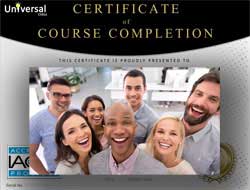
- Document Your Lifelong Learning Achievements
- Earn an Official Certificate Documenting Course Hours and CEUs
- Verify Your Certificate with a Unique Serial Number Online
- View and Share Your Certificate Online or Download/Print as PDF
- Display Your Certificate on Your Resume and Promote Your Achievements Using Social Media
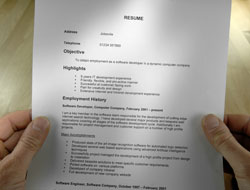
Student Testimonials
- "Amazing course! I used this as a refresher (I took Anatomy several years ago in college). The videos are direct and spot-on. Really appreciated also being able to print out the lesson materials with concise definitions linked to associated pictures. I was able to retain so much more information than any lecture or textbook out there. What a great learning resource! Great job!" -- Eric S.
- "This was the most comprehensive course on human anatomy and physiology. Thank you!" -- Vita S.
- "I appreciate the opportunity to complete this course; I consider this A&P course extremely helpful." -- Michele P.
- "This course was insightful and really helped me learn more about A&P." -- Zachary M.
- "I am thankful it was smooth and she gave great advice on studying." -- Bobbie W.
- "I enjoyed this course and gained a lot of knowledge and understanding!" -- Dustin B.
- "Thank you once again for all you help, time, energy and wisdom! I will be forever grateful for this terrific learning experience! Thank you, thank you, thank you!" -- Ami A.
- "These courses I took were great because I don't have much time with work to got to school. I could take my time doing the courses I took...and it was such a wonderful laid out course." -- Georgina K.
- "This course was an excellent learning experience for me. I never studied anatomy and physiolgy in school so it was a challenge for me. I enjoyed the feedback by the instructors who seem very knowledgeable." -- Michael I.
- "I found every lesson very helpful. All the lessons were broken down to layman's term to better understand each part associated with it." -- Michael I.
Related Courses
-
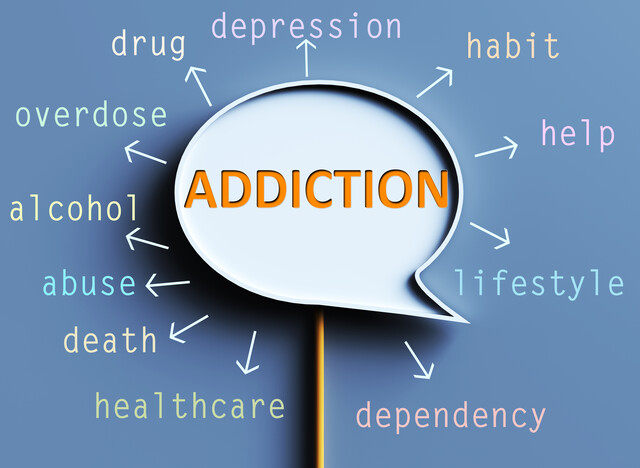 10 hours
1.0 CEUs
Understanding Addictions
+ More Info
10 hours
1.0 CEUs
Understanding Addictions
+ More Info
-
 5 hours
0.5 CEUs
End of Life Care
+ More Info
5 hours
0.5 CEUs
End of Life Care
+ More Info
-
 17 hours
1.7 CEUs
Introduction to Medical Billing
+ More Info
17 hours
1.7 CEUs
Introduction to Medical Billing
+ More Info
-
 17 hours
1.7 CEUs
ICD-10: Medical Coding
+ More Info
17 hours
1.7 CEUs
ICD-10: Medical Coding
+ More Info
-
 20 hours
2.0 CEUs
CPT Coding for Beginners
+ More Info
20 hours
2.0 CEUs
CPT Coding for Beginners
+ More Info
-
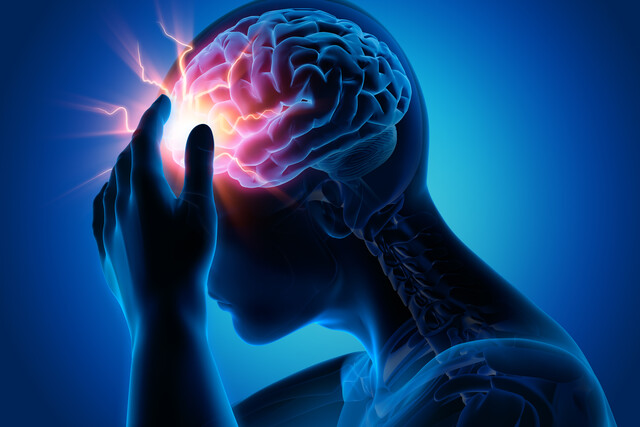 7 hours
0.7 CEUs
Understanding Concussions
+ More Info
7 hours
0.7 CEUs
Understanding Concussions
+ More Info
-
 8 hours
0.8 CEUs
Medical Office Management
+ More Info
8 hours
0.8 CEUs
Medical Office Management
+ More Info
-
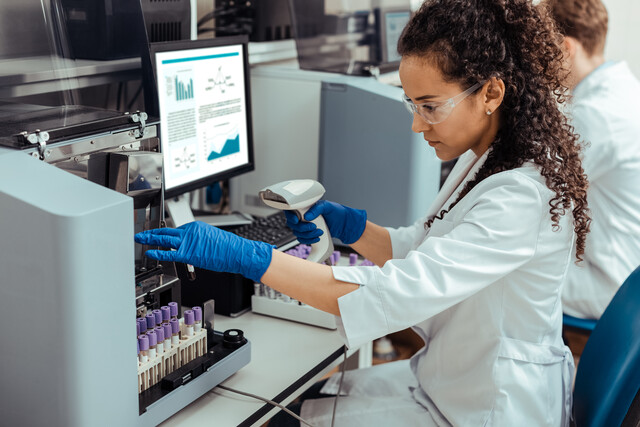 14 hours
1.4 CEUs
Medical Terminology for Medical Coders
+ More Info
14 hours
1.4 CEUs
Medical Terminology for Medical Coders
+ More Info
-
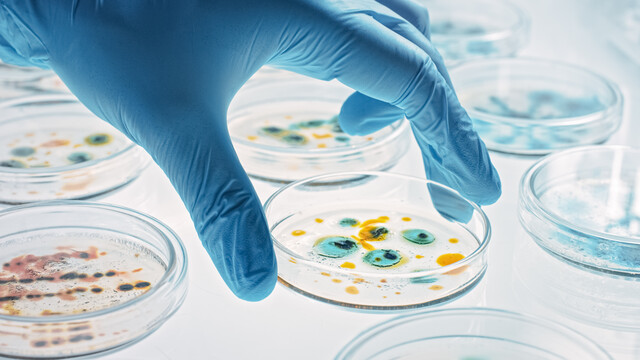 12 hours
1.2 CEUs
Microbiology Mastery: Unlocking the Foundations of Life
+ More Info
12 hours
1.2 CEUs
Microbiology Mastery: Unlocking the Foundations of Life
+ More Info
-
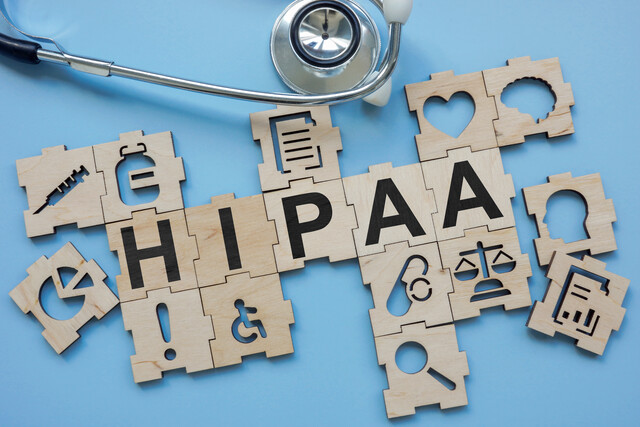 6 hours
0.6 CEUs
HIPAA Compliance 101
+ More Info
6 hours
0.6 CEUs
HIPAA Compliance 101
+ More Info
-
 2 hours
0.2 CEUs
Careers in Healthcare
+ More Info
2 hours
0.2 CEUs
Careers in Healthcare
+ More Info
-
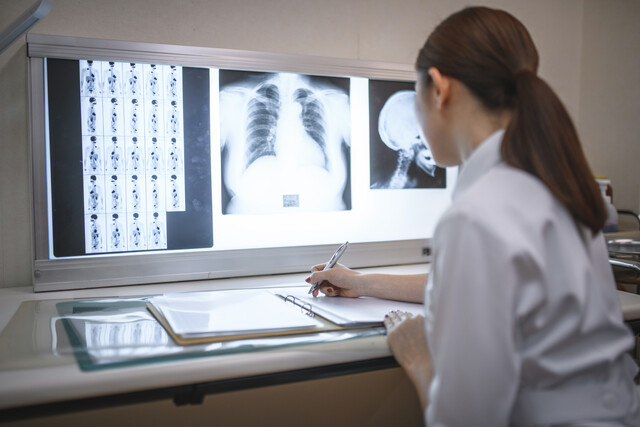 33 hours
3.3 CEUs
Comprehensive Medical Terminology 1 & 2
+ More Info
33 hours
3.3 CEUs
Comprehensive Medical Terminology 1 & 2
+ More Info
-
 14 hours
1.4 CEUs
Biology 360: From Molecules to Ecosystems
+ More Info
14 hours
1.4 CEUs
Biology 360: From Molecules to Ecosystems
+ More Info


